Southern Ethiopia
- Home
- Southern Ethiopia
Southern Ethiopia
Sof Omar Cave
Sof Omar Caves is the longest cave in Ethiopia, stretching over 15.1 kilometers. It’s located to the east of Ginnir, in the East Bale Zone of the Oromia Region in southeastern Ethiopia, through which the Weyib River (Gestro River) flows. It sinks at the Ayiew Maco entrance and reappears at the Holuca resurgence 1 kilometer away.
According to tradition, Sof Omar was the name of a Muslim holy man who lived in the area and Ayiew the name of his daughter. Maco and Holuca are local names for ‘name’ and “cave”, respectively. Long a religious center, it is sacred both to Islam and the local Oromo traditional religion. The caves are known for their many pillars, particularly in the “Chamber of Columns”.
The caves were formed by water erosion over a period of millions of years. They are home to a variety of wildlife, including bats, spiders, and snakes. They also house numerous archeological sites, including ancient cave paintings and carvings.
In 2011, the site was added to UNESCO’s tentative list for consideration as a World Heritage Site. Despite its remote location and challenging accessibility, the caves attract visitors who are drawn to its natural beauty and cultural significance.
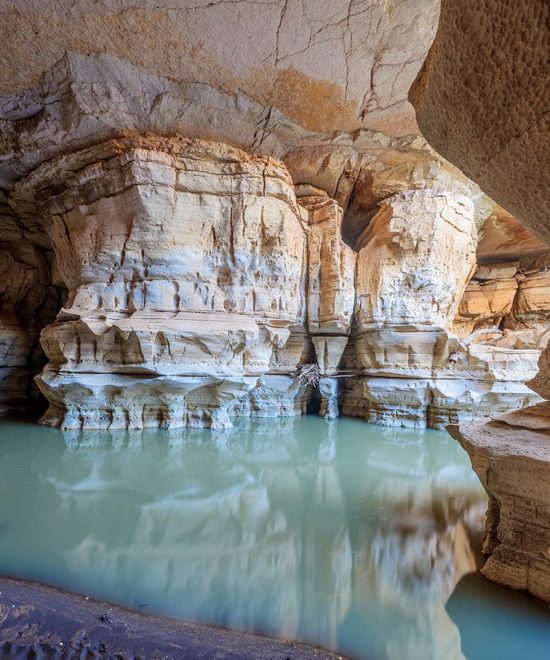
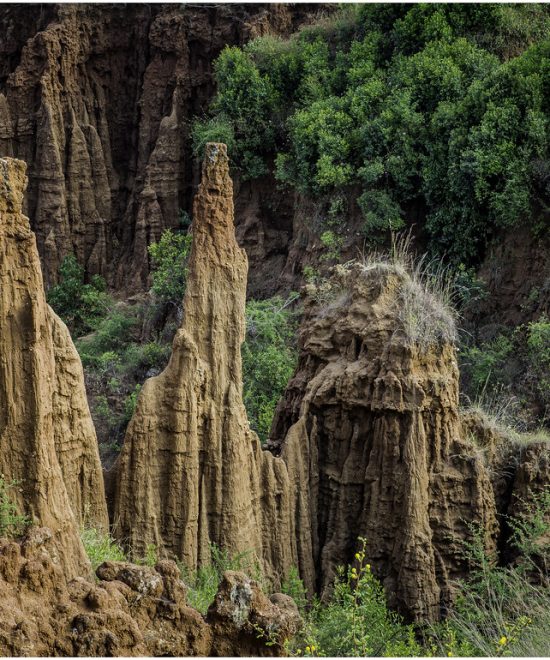
Konso
Konso, also known as Karat Konso and Pakawle, is a town in south-western Ethiopia and the capital of the Konso Zone in the new South Ethiopia Regional State. It’s situated 20 km north of the Sagan River. The town and the surrounding villages were inscribed on the UNESCO World Heritage List in 2011 as a cultural landscape for its unique cultural traditions and importance for the Konso people.
The Konso people, also known as the Xonsita, are a Lowland East Cushitic-speaking ethnic group primarily inhabiting south-western Ethiopia. They are known for their labor-intensive agricultural techniques and their walled settlements called paletas located on the high plants and hilltops of the regions for their strategic advantage.
The landscape around Konso is heavily terraced to protect against soil erosion from sporadic and often heavy rainfall in the region. The terraces are steep, some of which reach 8 meters in height, and reinforced with stone. Building and maintaining the terraces usually requires the entire family.
Konso Cultural Landscape is an arid property of stone-walled terraces and fortified settlements in the Konso highlands of Ethiopia. It constitutes a spectacular example of a living cultural tradition stretching back 21 generations (more than 400 years) adapted to its dry hostile environment.
Arbore Tribes
The Arbore are a Cushitic ethnic group living in southern Ethiopia, near Lake Chew Bahir. They are pastoralists and their total population is approximately 6,850. The Arbore population is divided into four villages: Gandareb, Kulaama, Murale, and Eegude.
The Arbore people also refer to themselves as the Hor (Hoor) and live in four villages in the delta of the Limo River (also known as Dullay or Weyto) at the northern end of Lake Stephanie (Bau or Chew Bahr) in South Omo Zone. Their economy of subsistence depends largely on the periodical floods of the river. The age organization controls cattle, pasture and water. It distributes cultivable land after floods and guarantees law and order in the territory of the Arbore.
Each generation class (herr) comes to power after an initiation which is held once in about 40 years in rituals known as ner and chirnan. The Arbore people routinely intermarry with other ethnic groups, adding a cosmopolitan feel to their community.
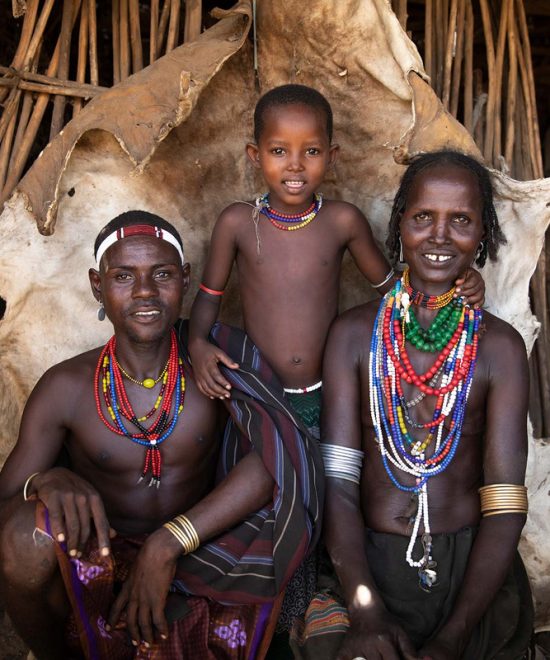
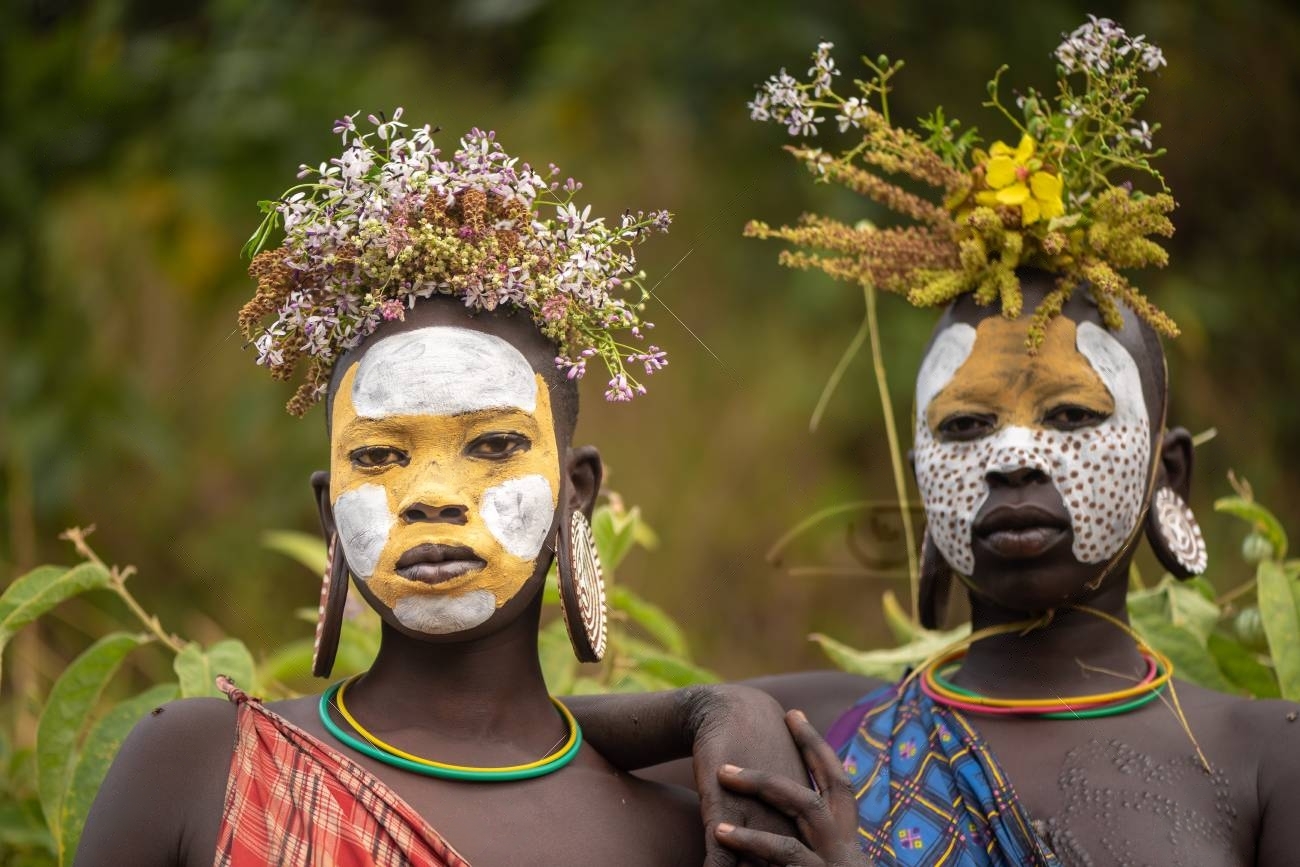
Kibish
Kibish is a region in southern Ethiopia known for its significant archaeological sites. The area is home to the Omo Kibish Formation, a geological formation in the Lower Omo Valley. This formation is named after the nearby Omo River and is divided into four members known as Members I-IV. These members are numbered in the order in which they were deposited and date between 196 ka ~ 13-4 ka.
The Kibish Formation has produced a rich paleoanthropological record with many hominin and stone tool finds. It’s most notable for Richard Leakey’s work there in 1967 during which he and his team found one of the oldest remains of anatomically modern Homo sapiens. Known as Omo Kibish 1 (Omo I), the fossil was dated to 196 ± 5 ka old and is among two other Omo remains (Omo II and Omo III) that were found in Member I. The Omo fossils were more recently re-dated to approximately 233 ± 22 ka old.
The remote Kibish Formation features layered deposits more than 300 feet thick that have preserved many ancient human tools and remains. The study of these faunal remains and stone tools has provided insight into the archeological associations of Homo sapiens and thereby their behaviors and the complex environmental contexts in which they lived and evolved.
Arba Minch
Arba Minch is a city located in the Southern Nations, Nationalities, and Peoples Region of Ethiopia. The name “Arba Minch” translates to “40 Springs”, which is derived from the presence of numerous local springs. The city is situated about 500 kilometers south of Addis Ababa and is the largest town in the Gamo Zone. It is surrounded by Arba Minch Zuria and is at an elevation of 1285 meters above sea level.
The city is known for its natural gifts, including the Bridge of God, a crocodile ranch, a crocodile market, various fruits and vegetables, different fish farmed from Chamo and Abaya Lakes, more than 40 springs, different cereals, and crops. It also boasts two of the country’s largest lakes, Lake Abaya and Lake Chamo.
Arba Minch is also home to Nech Sar National Park, which houses a variety of wildlife and plant species, making it a popular tourist destination. The city’s abundant natural resources and recreational areas have led to its development as a significant hub in southern Ethiopia.
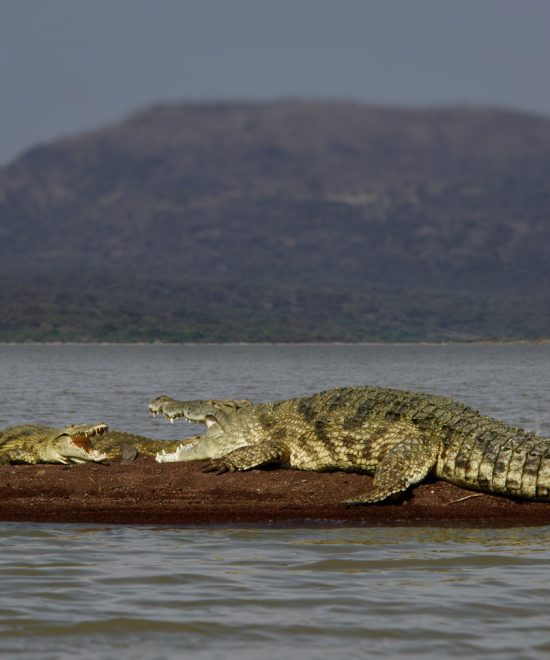
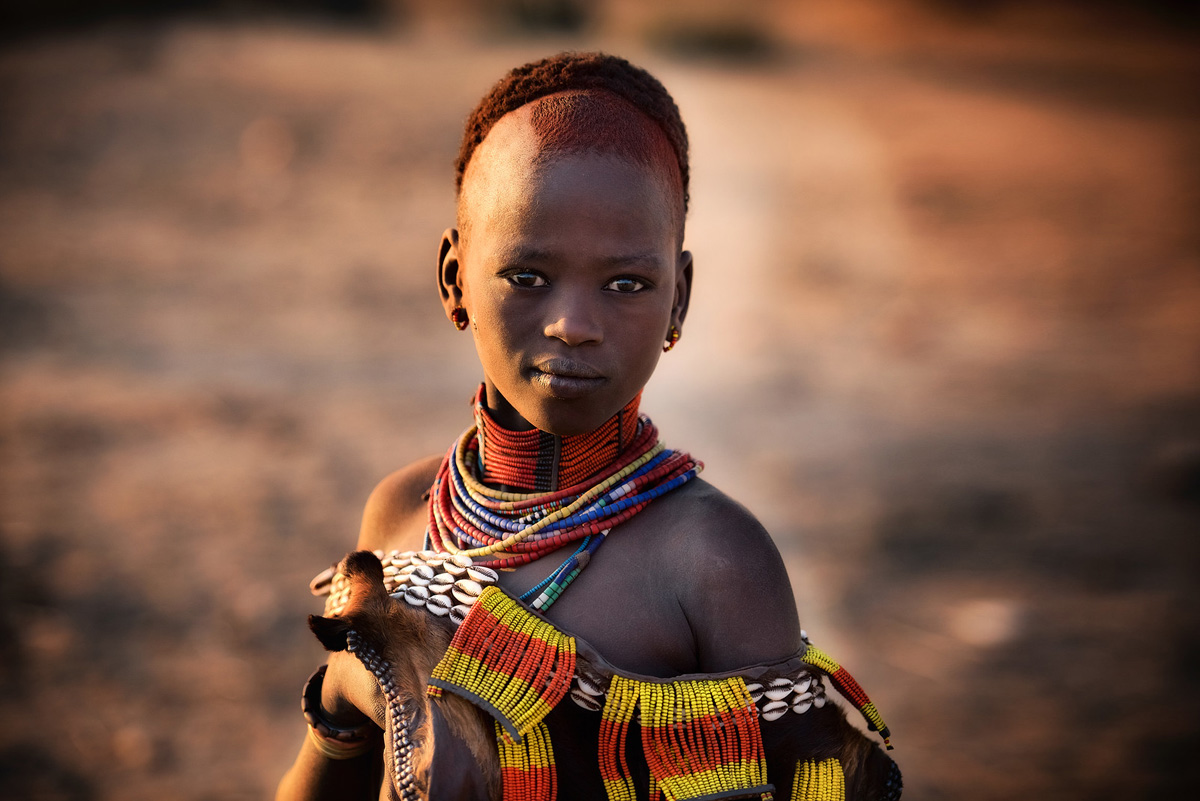
Hamar
The Hamar people, also spelled as Hamer, are a community inhabiting southwestern Ethiopia. They live in Hamer woreda (or district), a fertile part of the Omo River valley, in the Debub Omo Zone of the Southern Nations, Nationalities, and Peoples Region (SNNPR). They are largely pastoralists, so their culture places a high value on cattle.
The Hamar Tribe is a vibrant community that provides a window into a world that feels both ancient and alive thanks to its rich traditions, distinctive rituals, and breathtaking surroundings. Their population is estimated to be around 50,000 individuals, each embracing a way of life that has endured for centuries.
One of the most distinctive features of the Hamar Tribe is their intricate and colorful attire. The women are renowned for their unique hairstyles, adorning their ochre-dyed dreadlocks with vibrant beads and shells. They skillfully weave and wear traditional leather skirts, decorated with metal discs and cowrie shells. The men often sport a striking combination of decorative clay hairstyles, feathers, and beaded accessories.
The Hamar people have a strong sense of community, living in small villages with extended families. The concept of “bull jumping” holds great significance within their society. This coming-of-age ceremony marks the transition of young men into adulthood and symbolizes their readiness for marriage. During this thrilling rite of passage, the young man must successfully jump over a line of castrated bulls, without falling.
Marriage customs among the Hamer Tribe are equally intriguing. Polygamy is widely practiced, and it is not uncommon for a man to have multiple wives. To display their eligibility for marriage, Hamer women partake in the “jumping of the cows” ceremony. In this ritual, women line up, adorned with beads, feathers, and traditional clothing, while male relatives whip them with thin sticks.
Music and dance also play an essential role in the daily lives of the Hamar people. Their vibrant rhythms, accompanied by hand clapping, singing, and traditional instruments such as flutes and lyres, fill the air during celebrations and gatherings.

